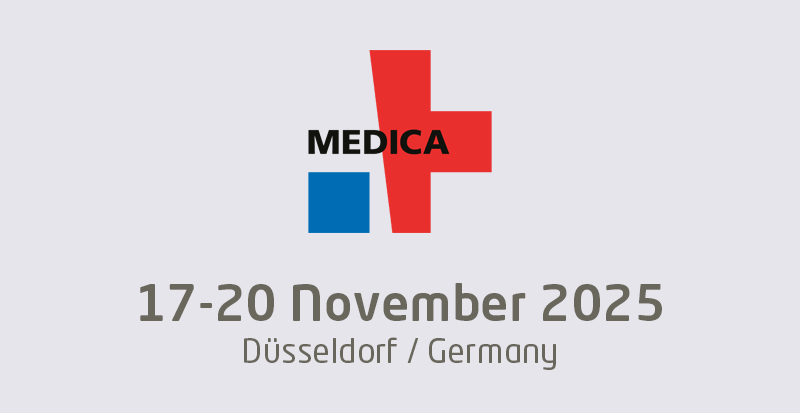Article Summary :
We are trying to reach a point with Electronic Medical Records where we can easily share medical information between providers at different geographic locations. The road map for “meaningful use” had targeted this for 2014-15. Yet, the most widely used hospital based EMR system in this country, EPIC, fails to even allow sharing of data within our own hospital about a given patient let alone between other hospitals and ours. How did we drift so far from the goals of having EMRs actually help us care for patients?
Dr. Robert Schertzer, in his article, tried to explain that the ultimate goal in encouraging everyone to move to electronic health records has been to improve patient outcomes. Improving patient outcomes means, patients who are healthier, catching them earlier in the course of a disease so that they are healthier and live longer. But not, what we necessarily measure when it comes to outcomes, opting instead to set benchmarks for closing the encounter within 72 hours and giving the patient a printout that shows they were seen.
























